Stefan Rinck
-
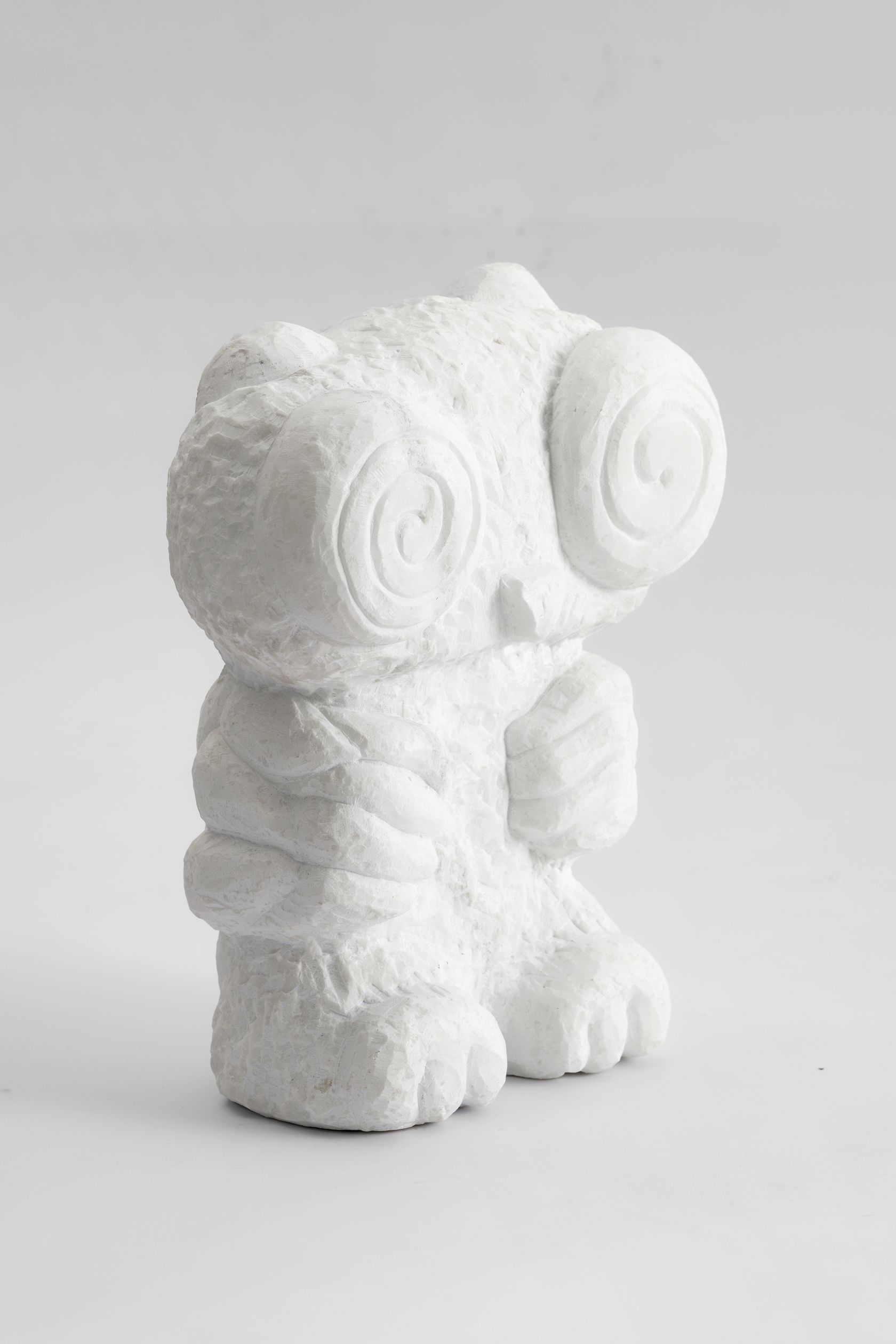 1/29
1/29
Stefan Rinck, Acid Owl, 2024
-
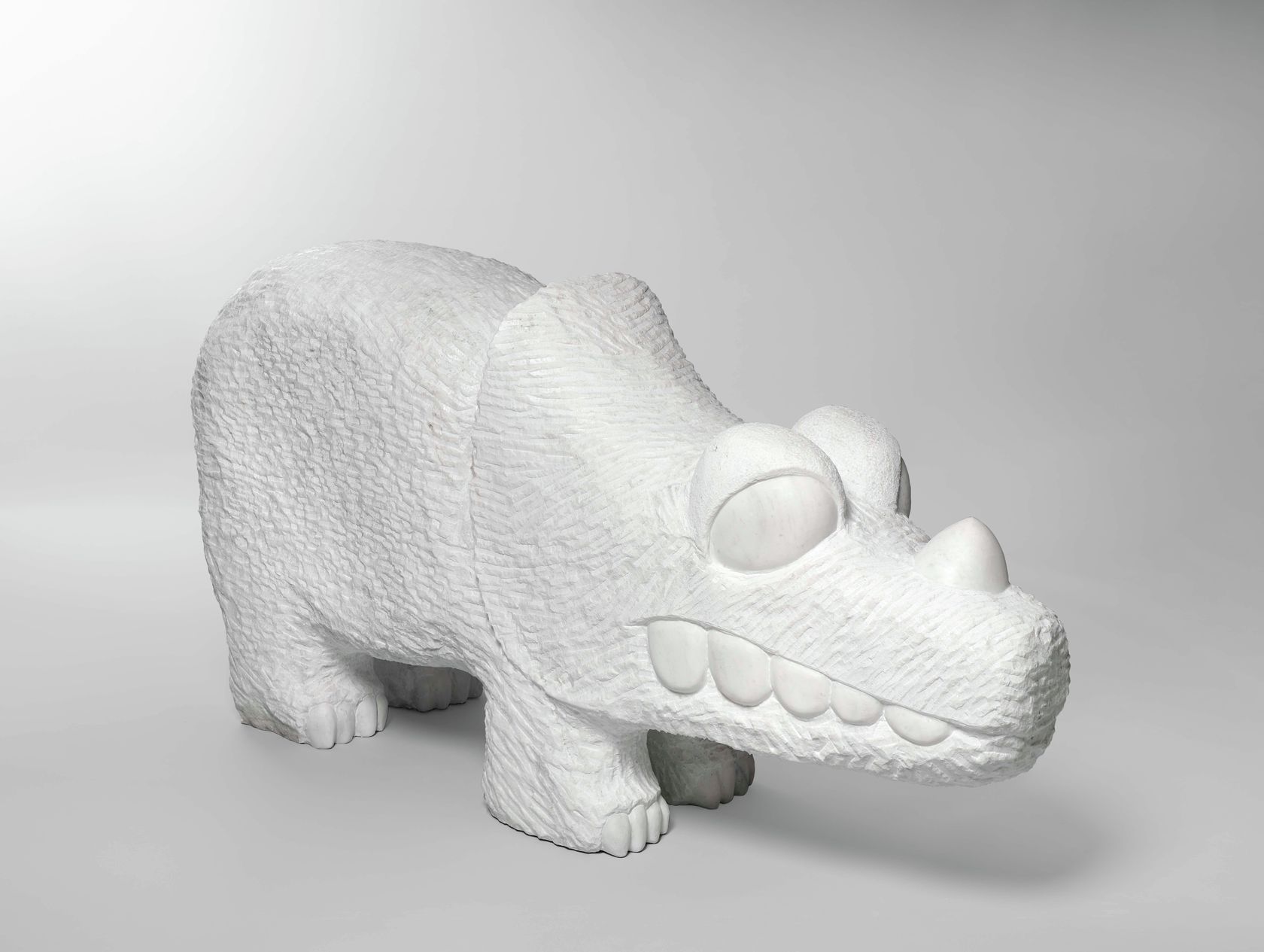 2/29
2/29
Stefan Rinck, Geraldine, 2022
-
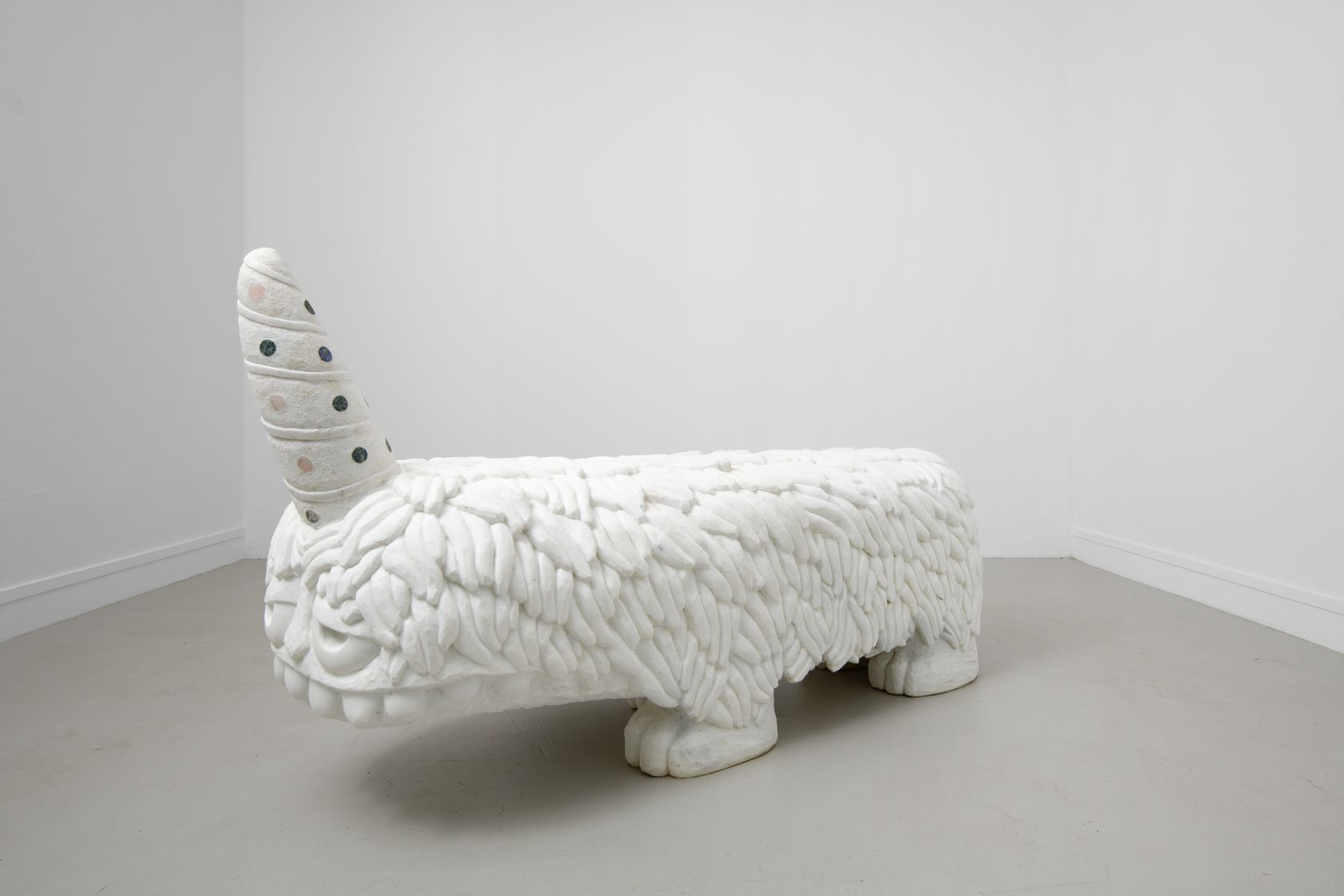 3/29
3/29
Stefan Rinck, Party Animal, 2022
-
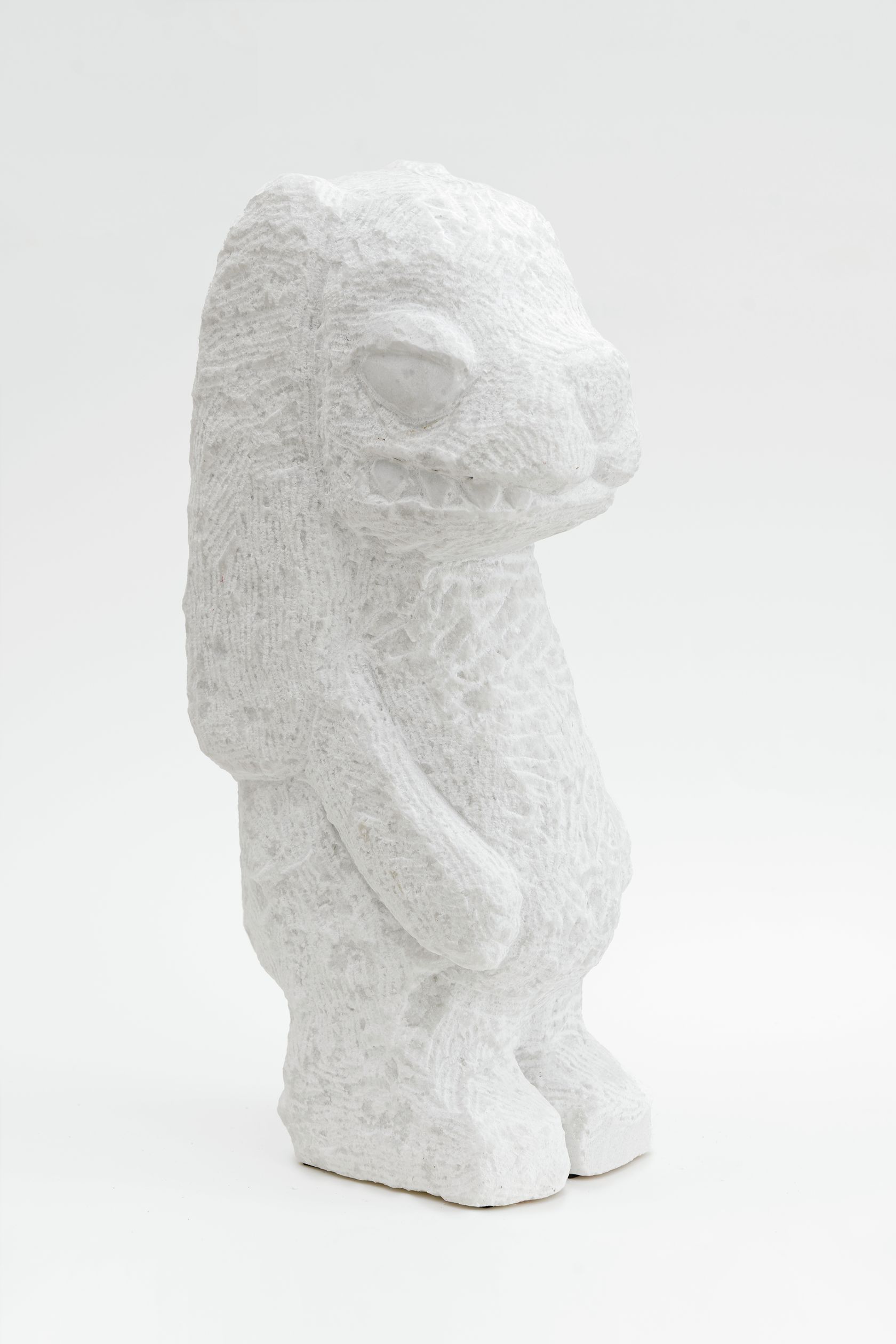 4/29
4/29
Stefan Rinck, Snow Rabbit, 2022
-
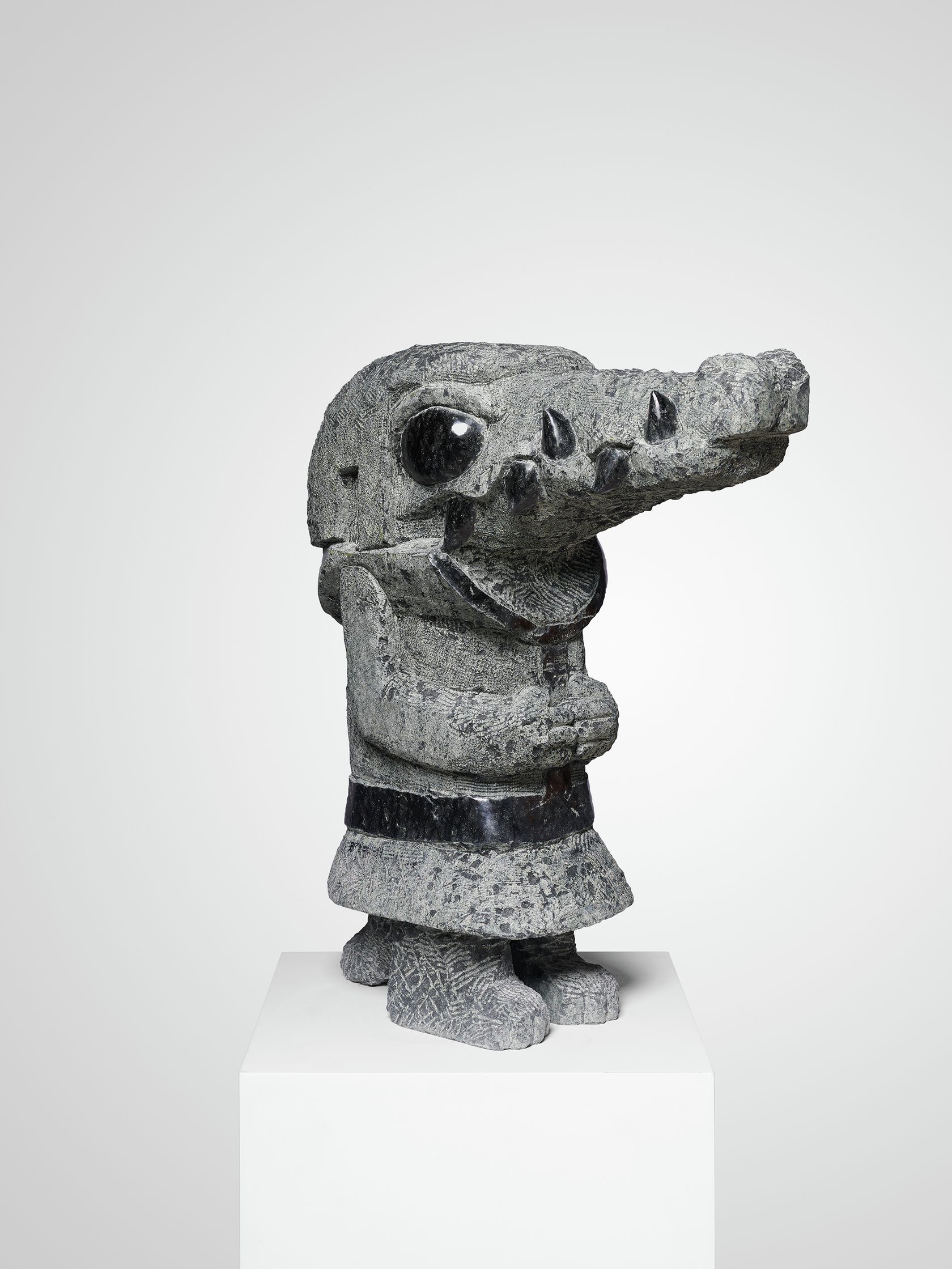 5/29
5/29
Stefan Rinck, Krokelia, 2021
-
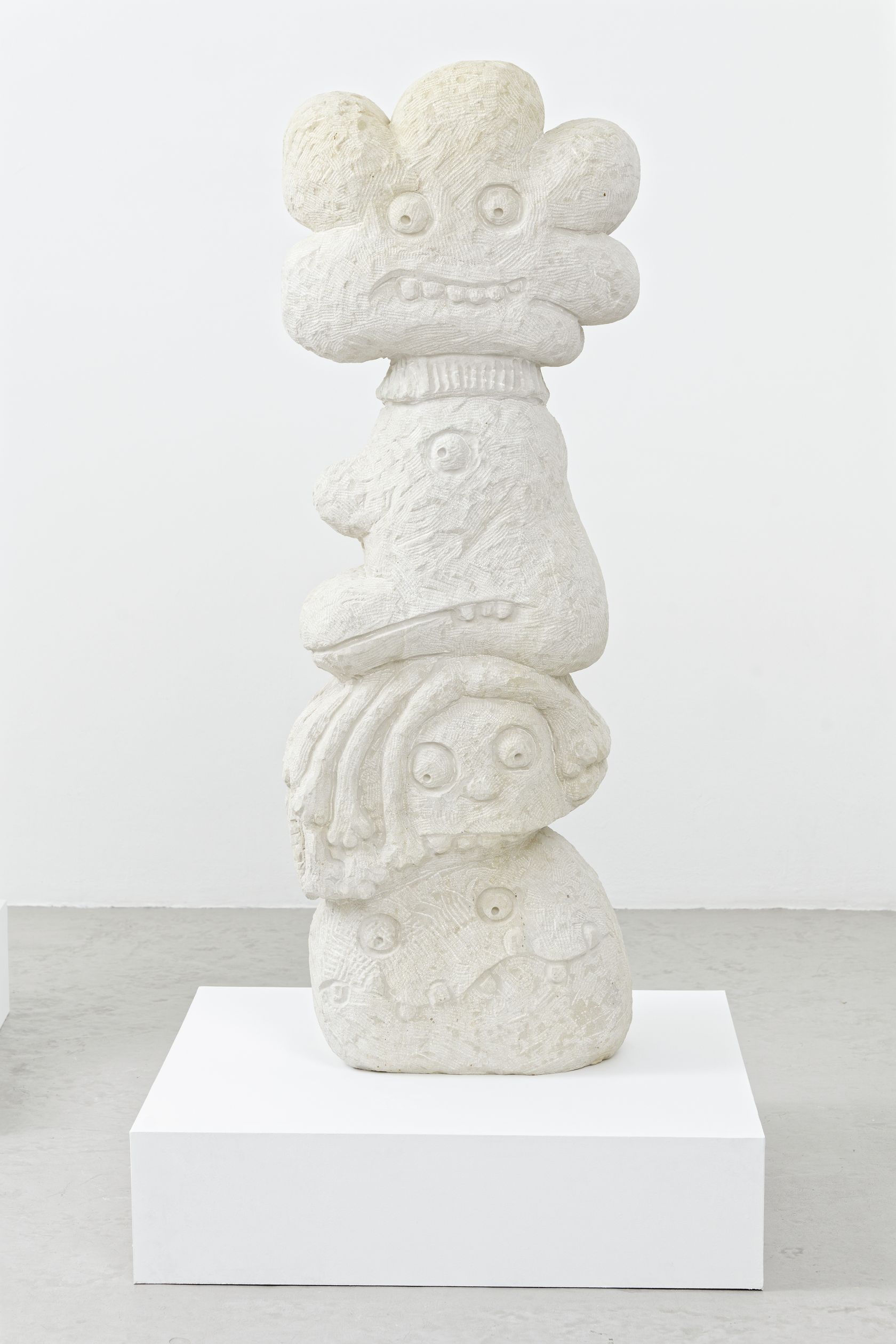 6/29
6/29
Stefan Rinck, Bad Weather Boys, 2021
-
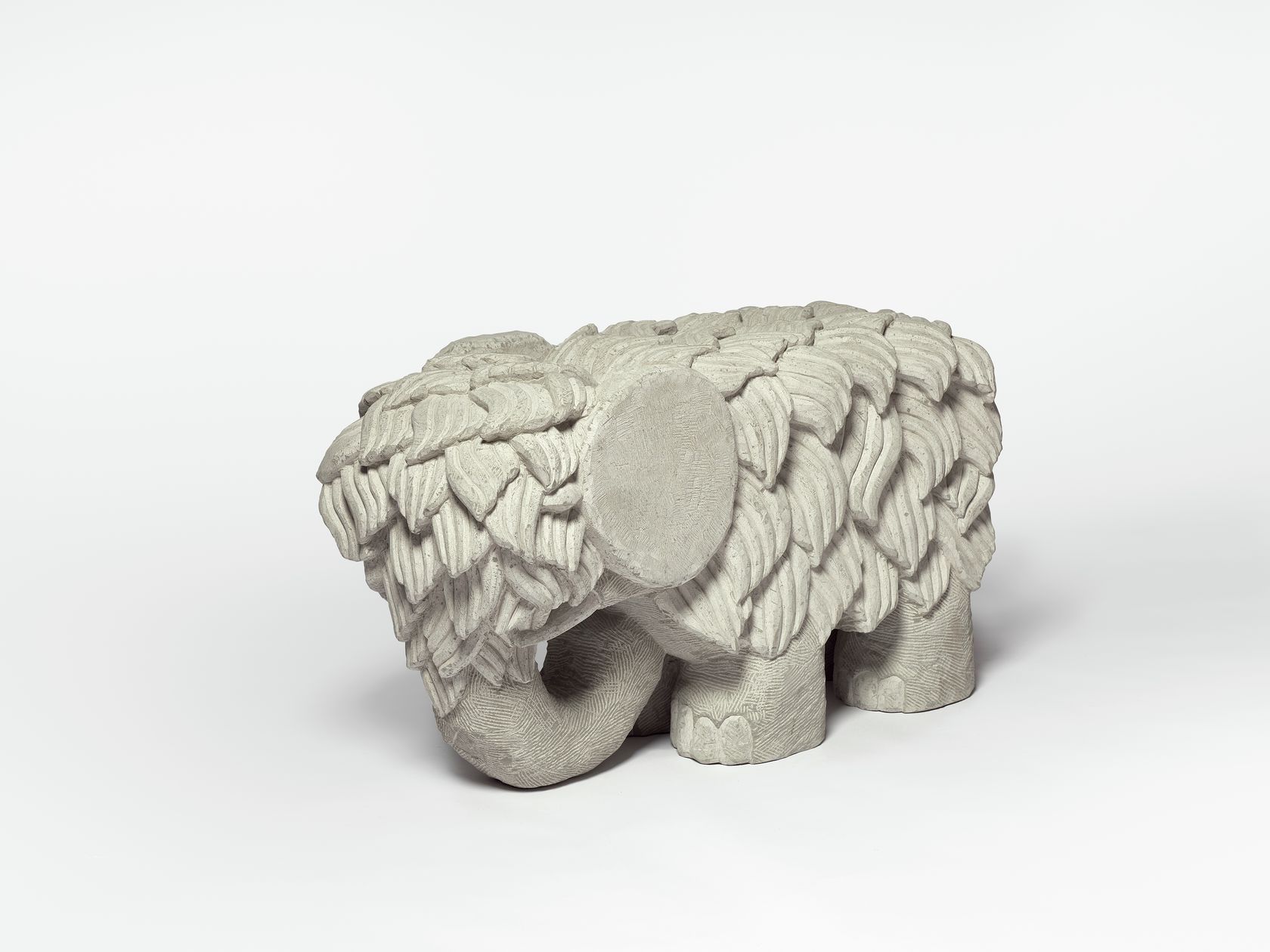 7/29
7/29
Stefan Rinck, Little Mammoth, 2021
-
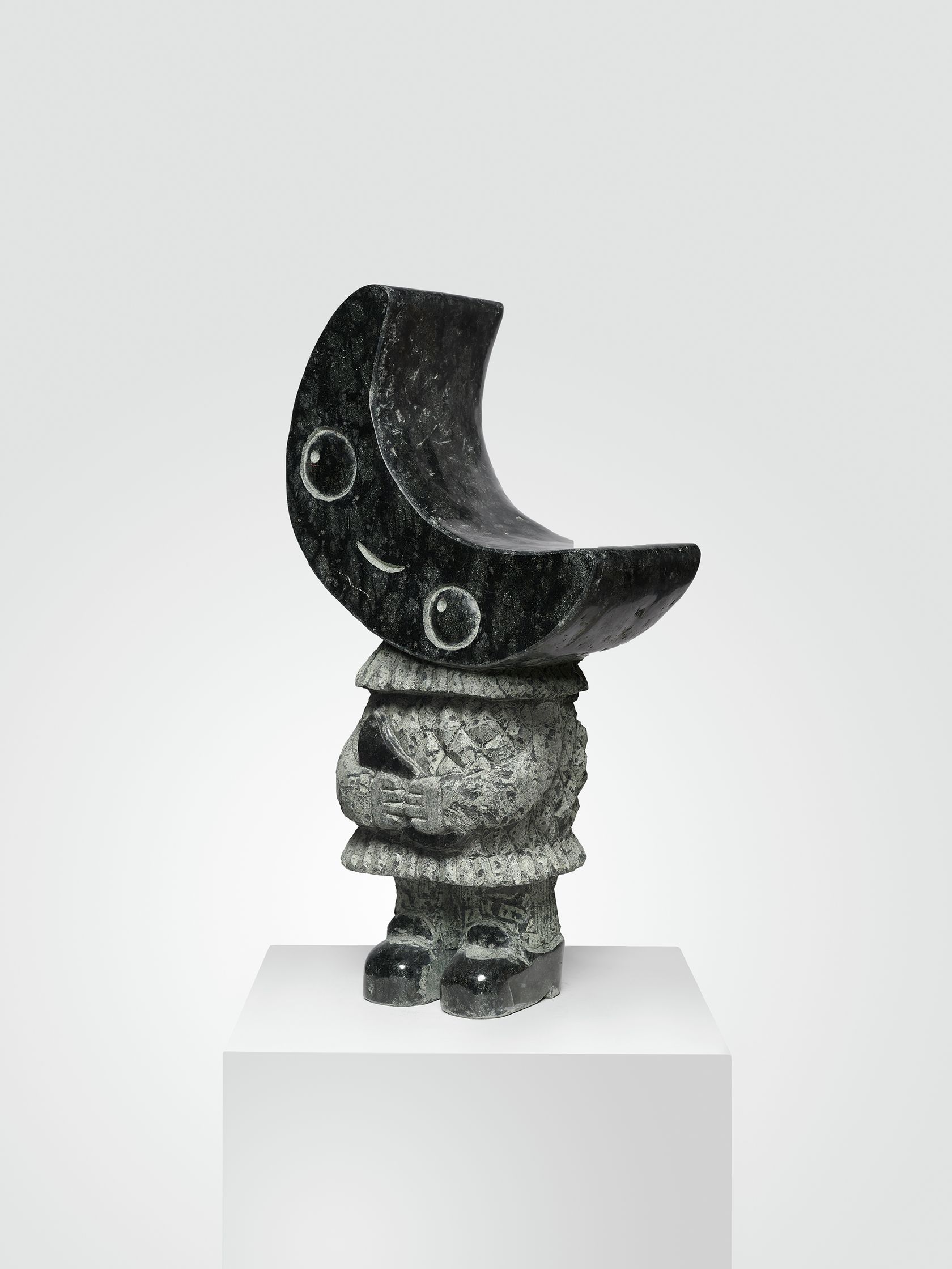 8/29
8/29
Stefan Rinck, Moon Man, 2021
-
 9/29
9/29
Stefan Rinck, Rabbiator (Hellboy Gaultier), 2021
-
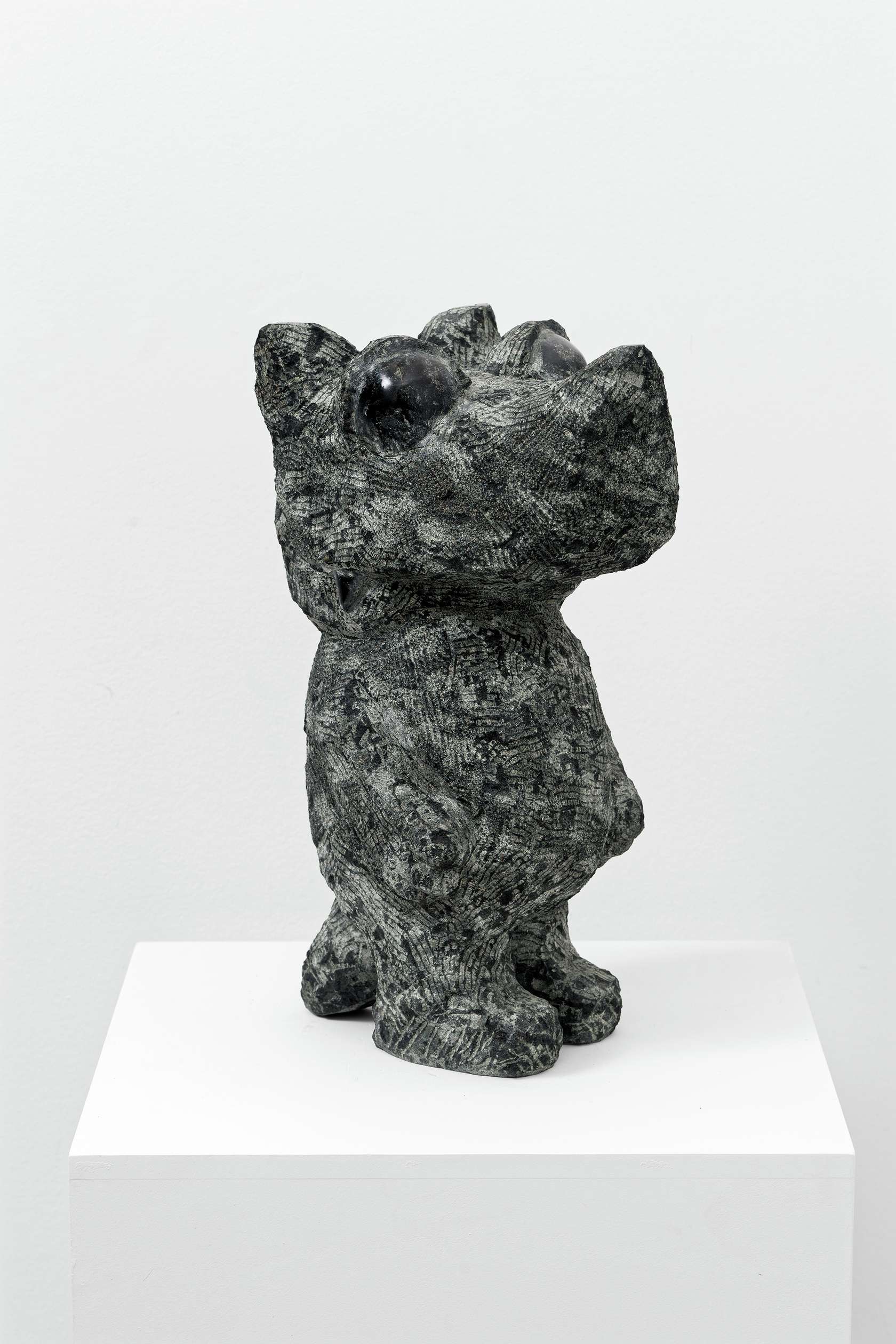 10/29
10/29
Stefan Rinck, Crocodile snack III, 2019
-
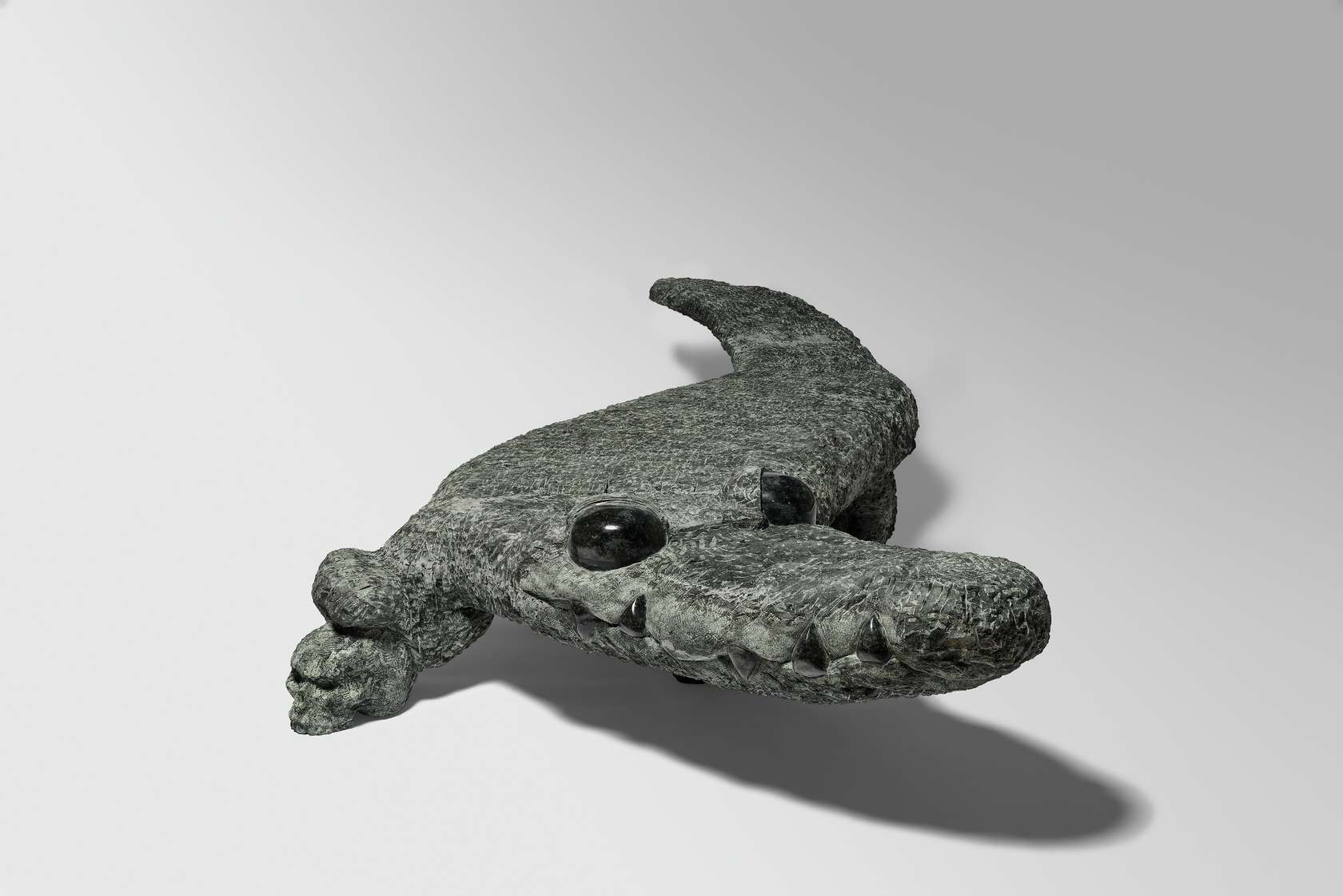 11/29
11/29
Stefan Rinck, Fate - Up Against your Will , 2019
-
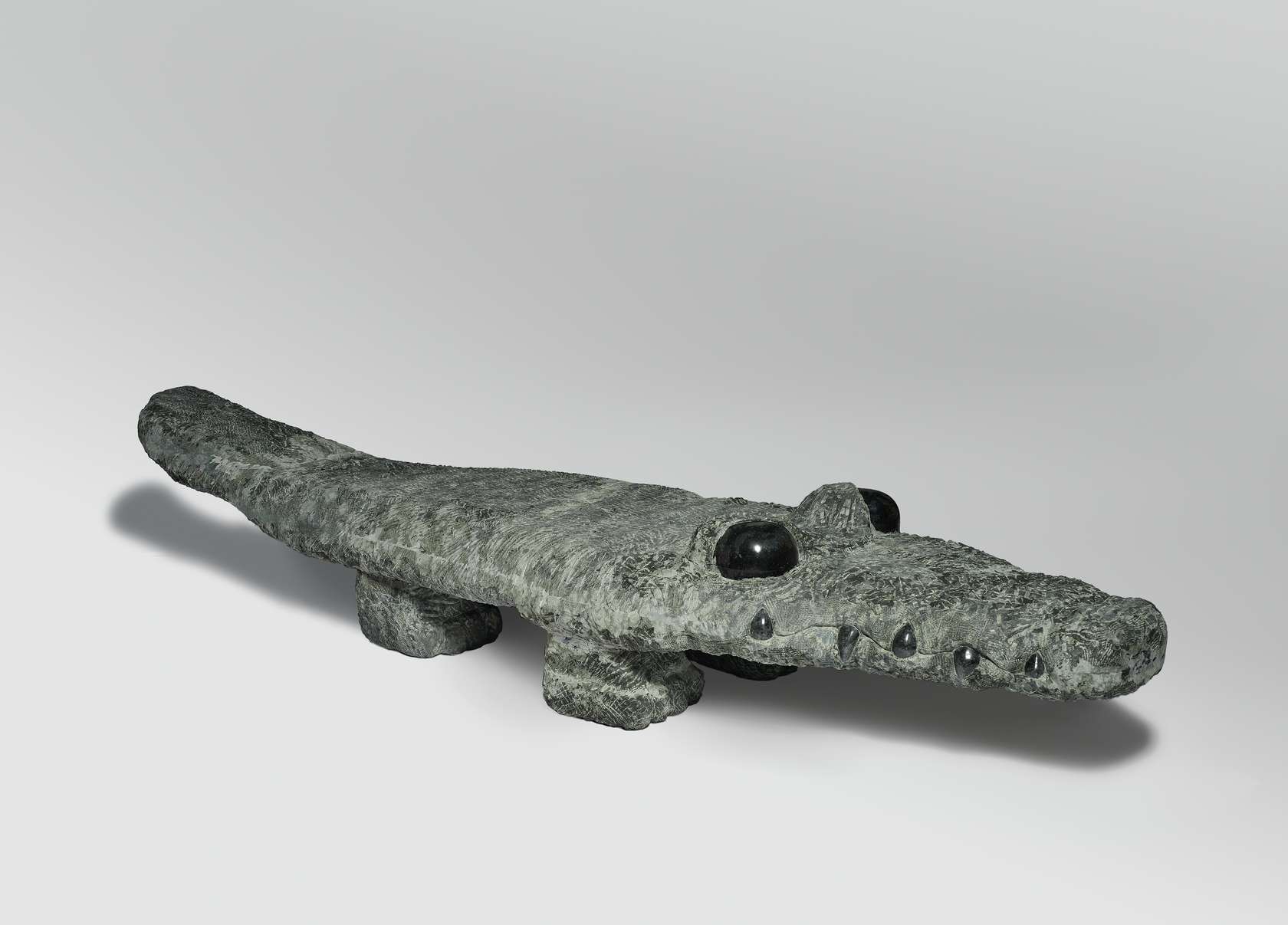 12/29
12/29
Stefan Rinck, And You Smiled for a Second, 2019
-
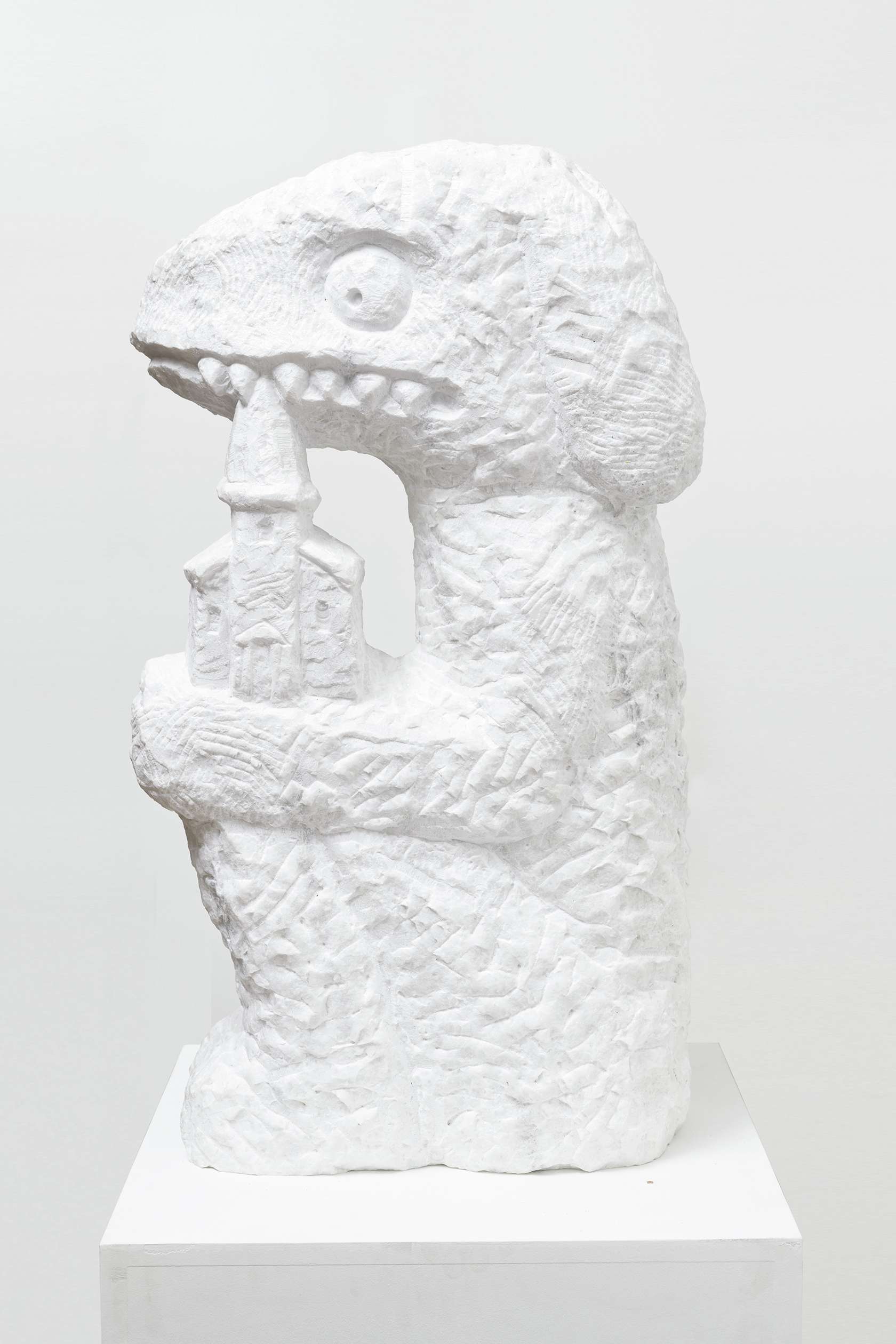 13/29
13/29
Stefan Rinck, Donor figure, 2019
-
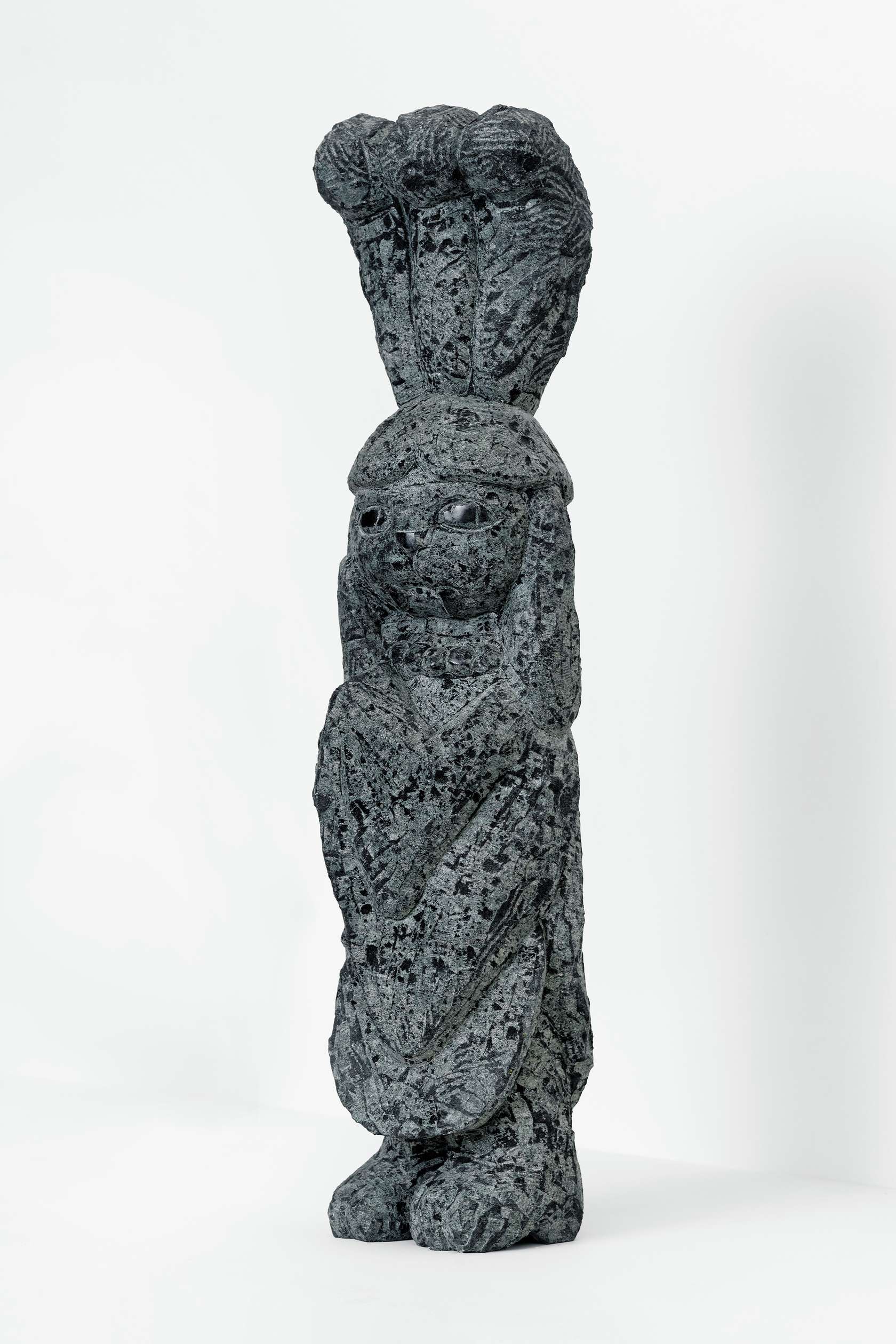 14/29
14/29
Stefan Rinck, Mistinguett, 2019
-
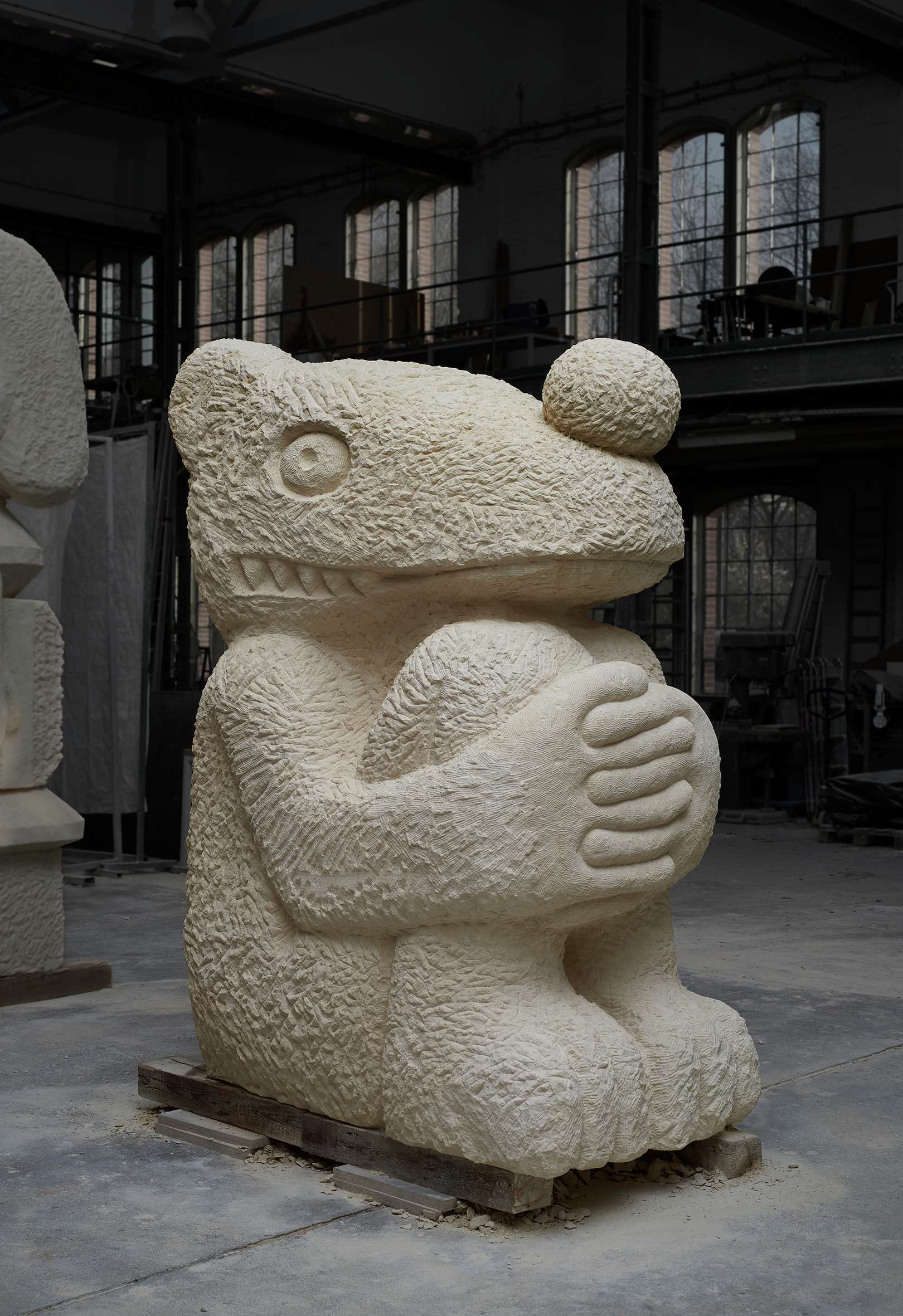 15/29
15/29
Stefan Rinck, Squatting Ichneumon, 2018
-
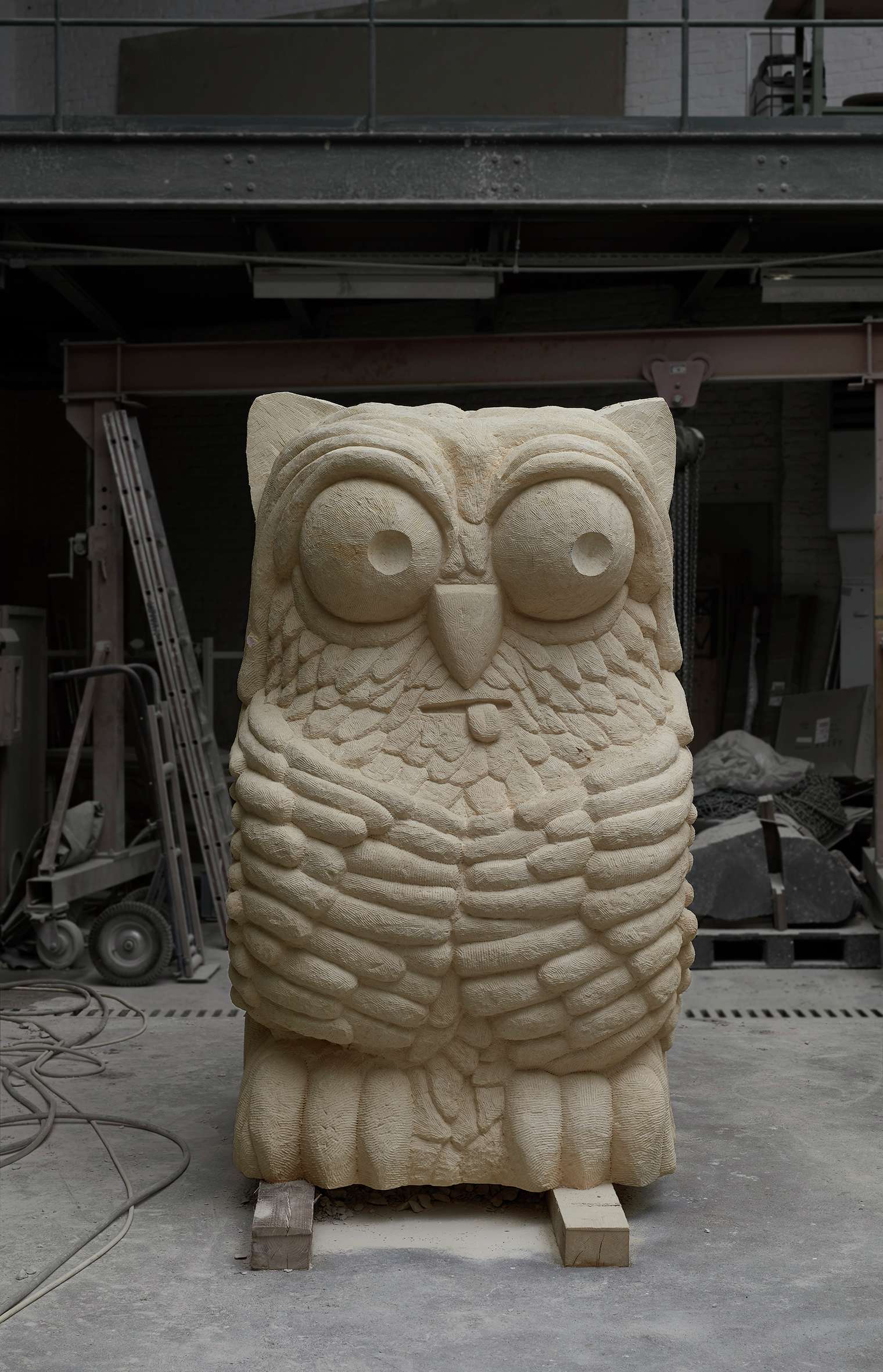 16/29
16/29
Stefan Rinck, Spaghetti Ice Owl, 2018
-
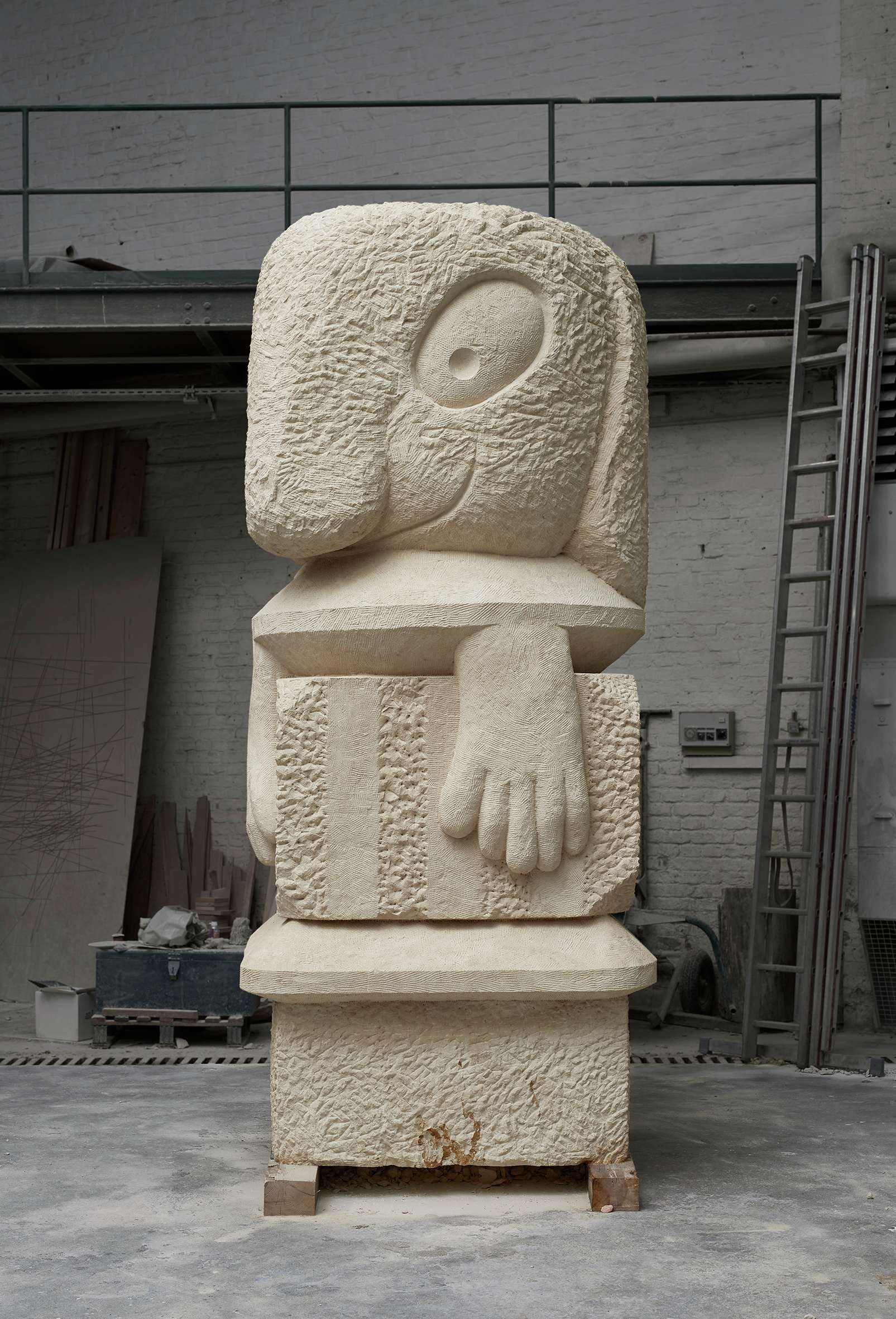 17/29
17/29
Stefan Rinck, Hommage to Oskar Schlemmer Teckel, 2018
-
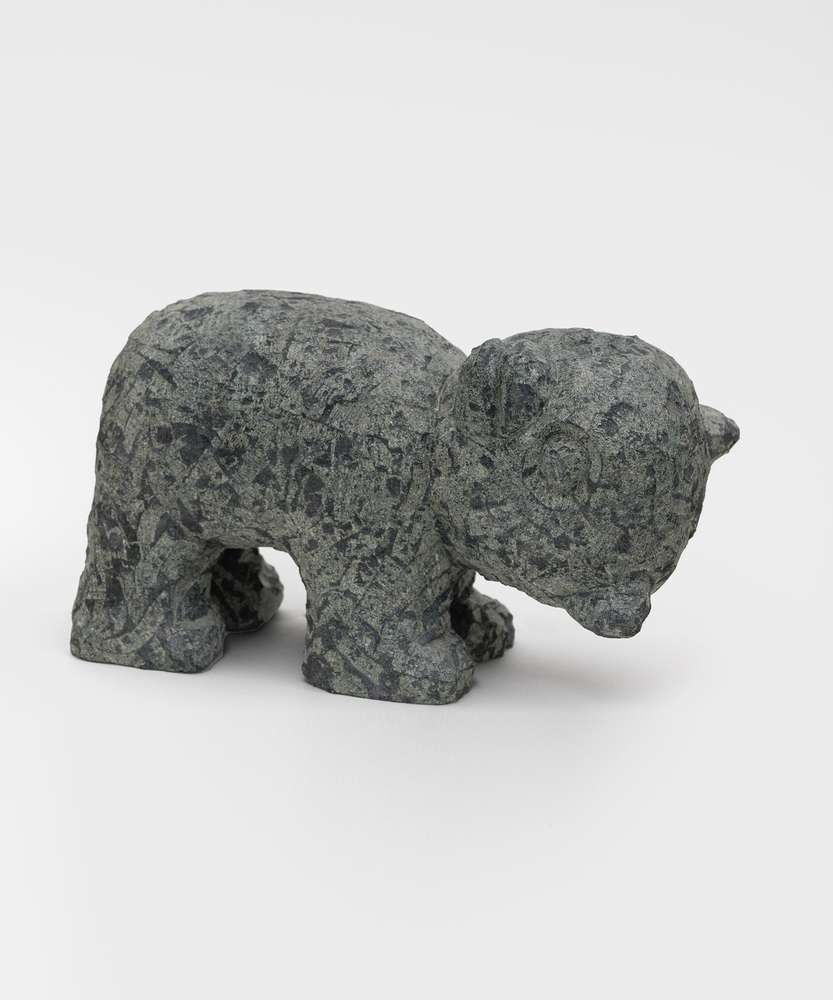 18/29
18/29
Stefan Rinck, Stargazy Bear, 2018
-
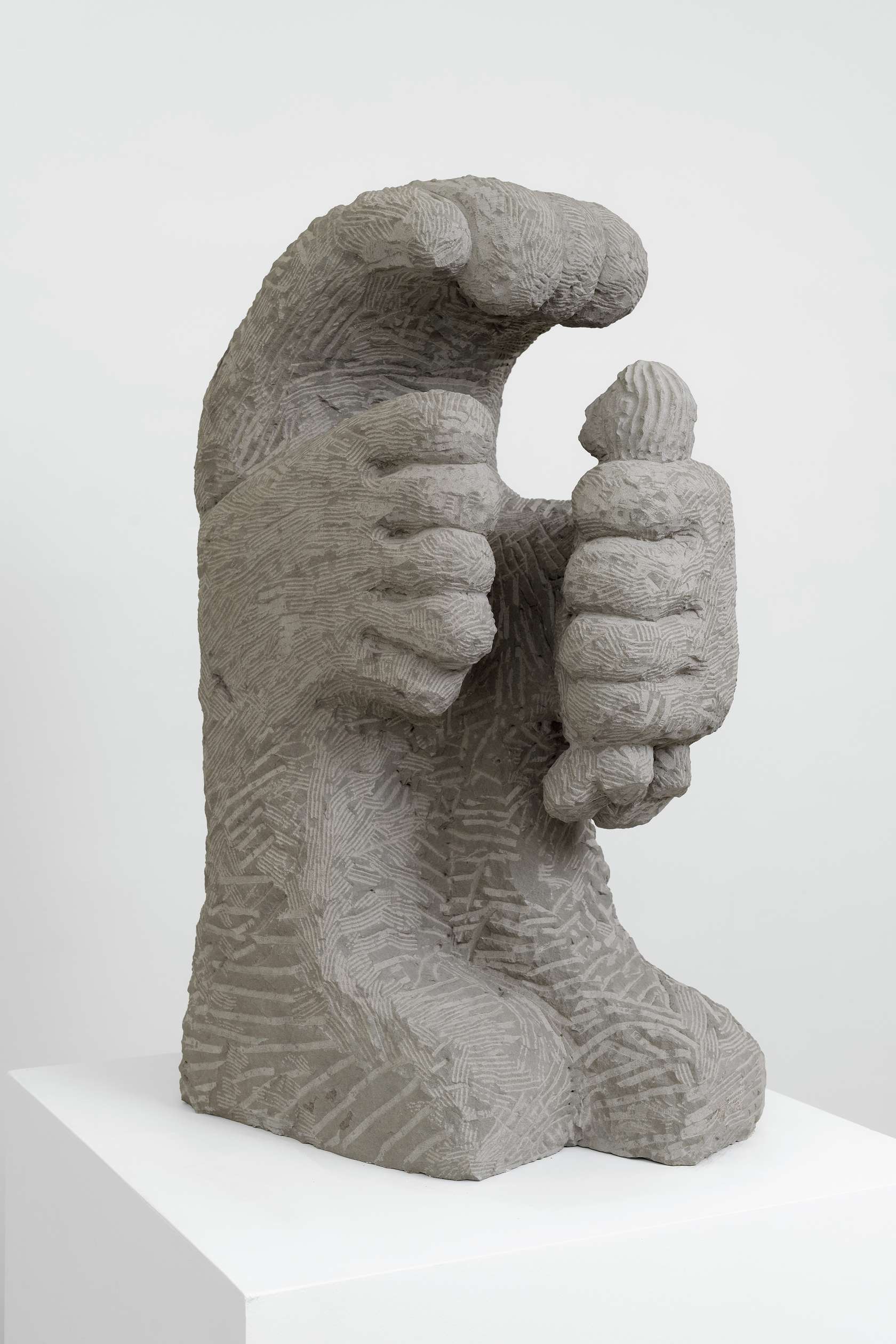 19/29
19/29
Stefan Rinck, The Ocean Accusing the Humans, 2018
-
 20/29
20/29
Stefan Rinck, Stay Together and Don't Move, 2018
-
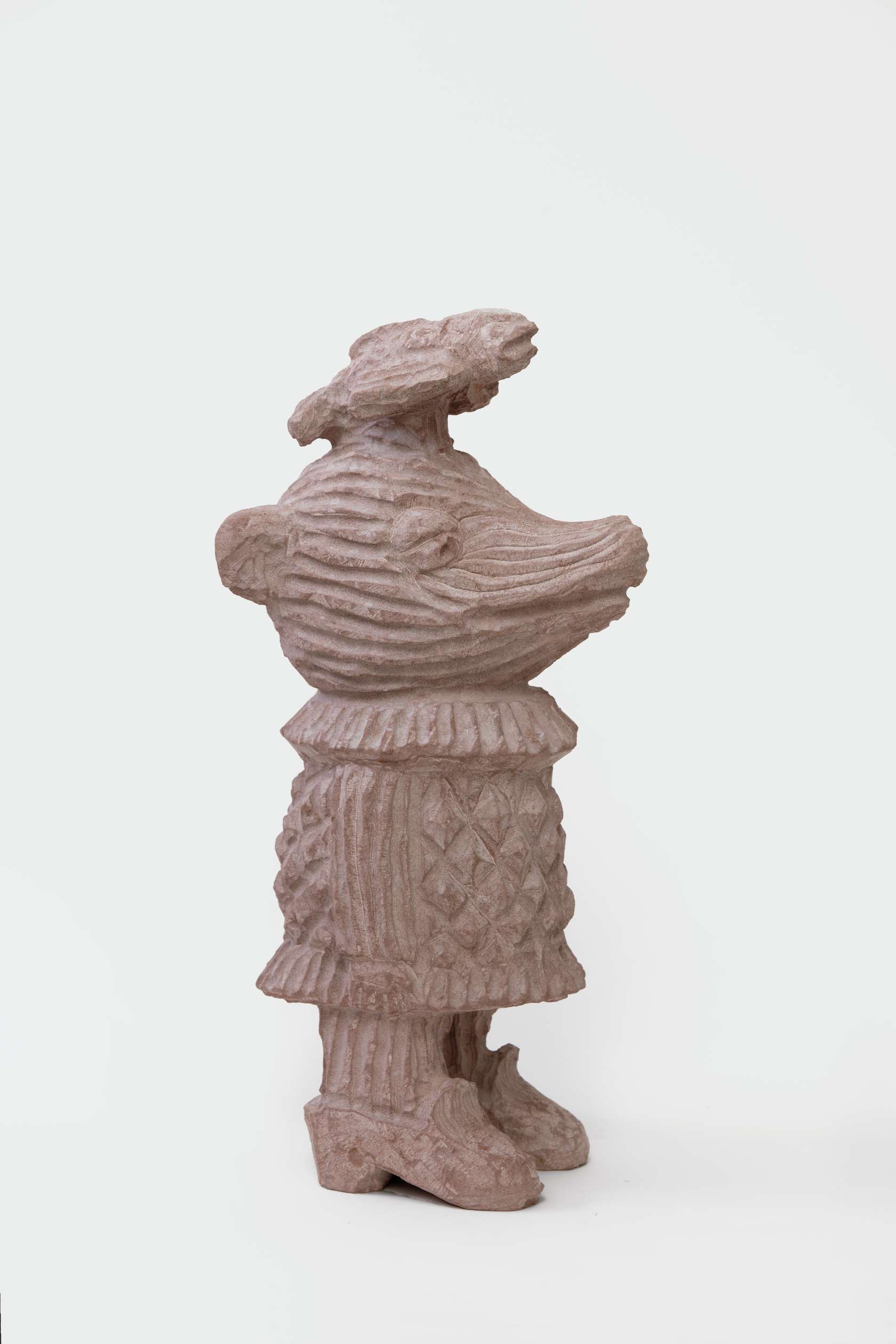 21/29
21/29
Stefan Rinck, Pescaterian, 2017
-
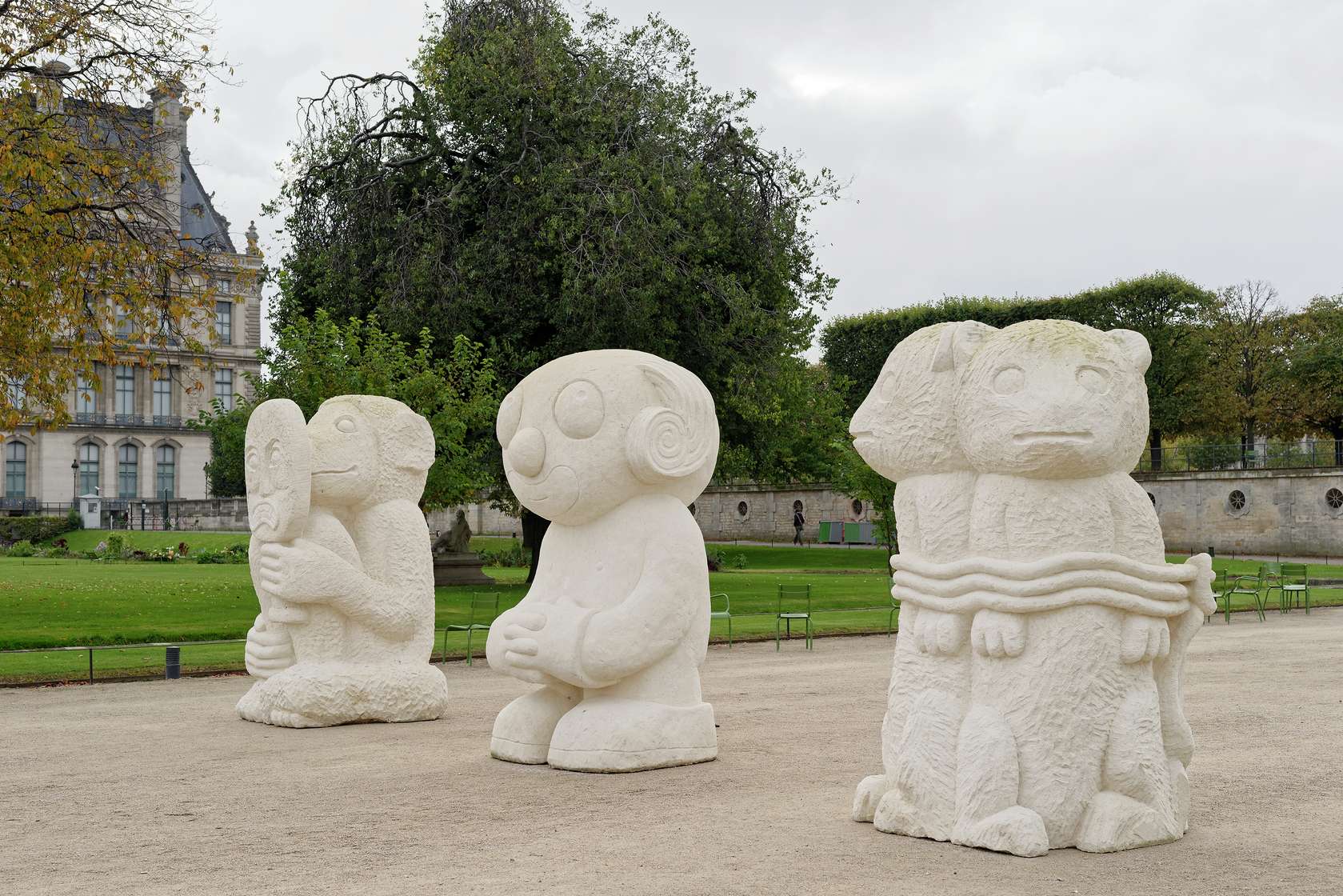 22/29
22/29
Stefan Rinck, Les statues meurent aussi, 2017
-
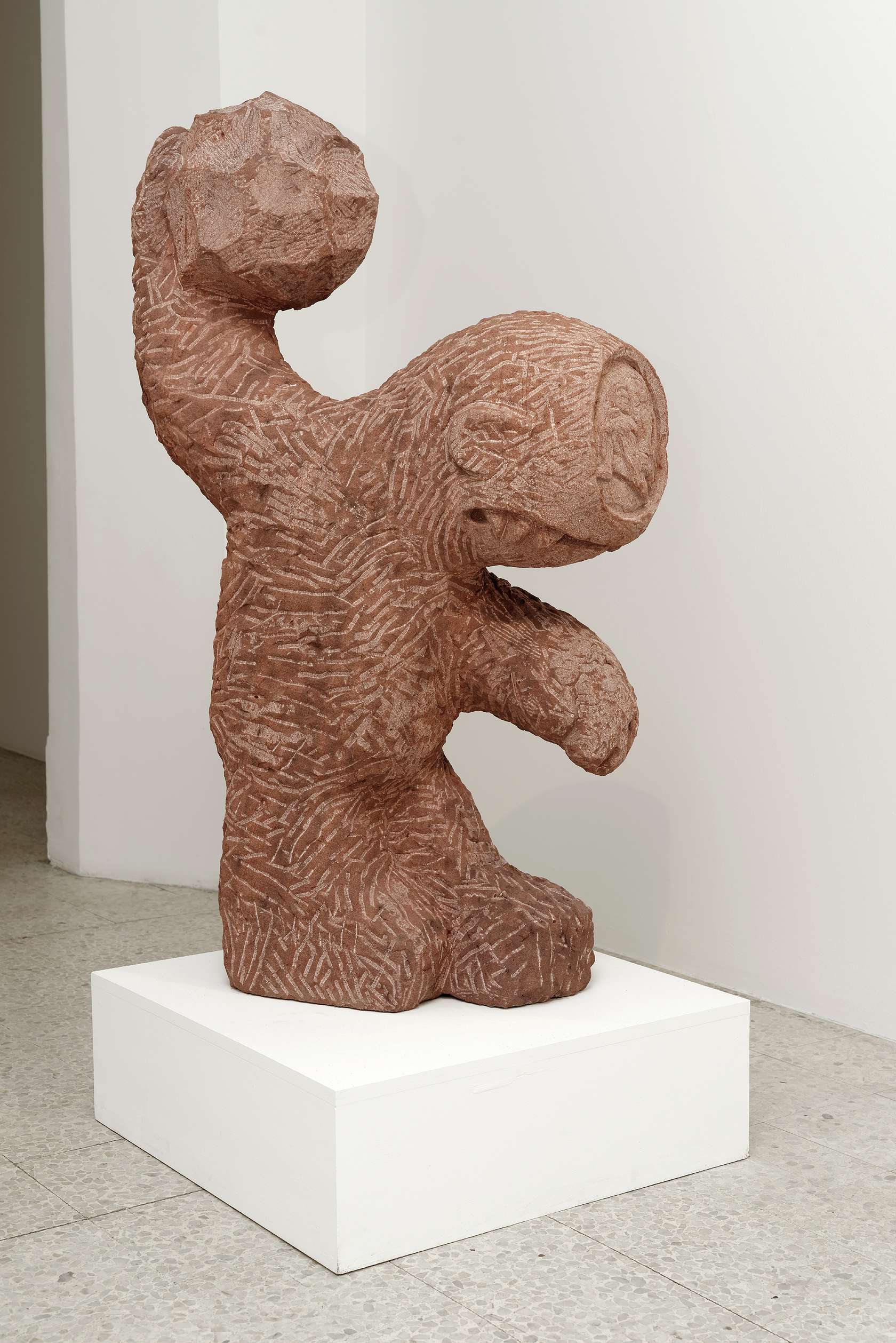 23/29
23/29
Stefan Rinck, Polyphemus, 2016
-
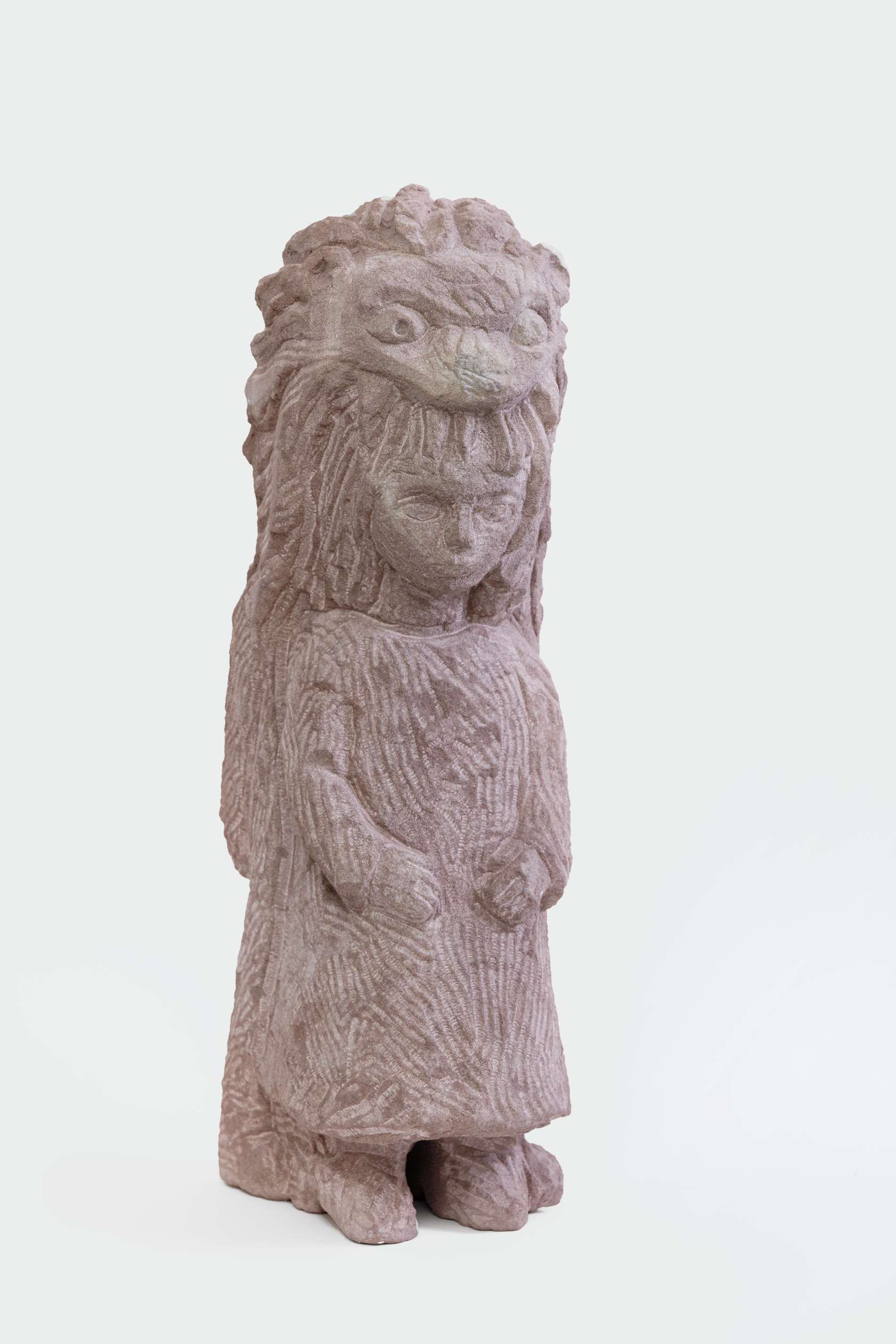 24/29
24/29
Stefan Rinck, Girl with Lioncoat, 2015
-
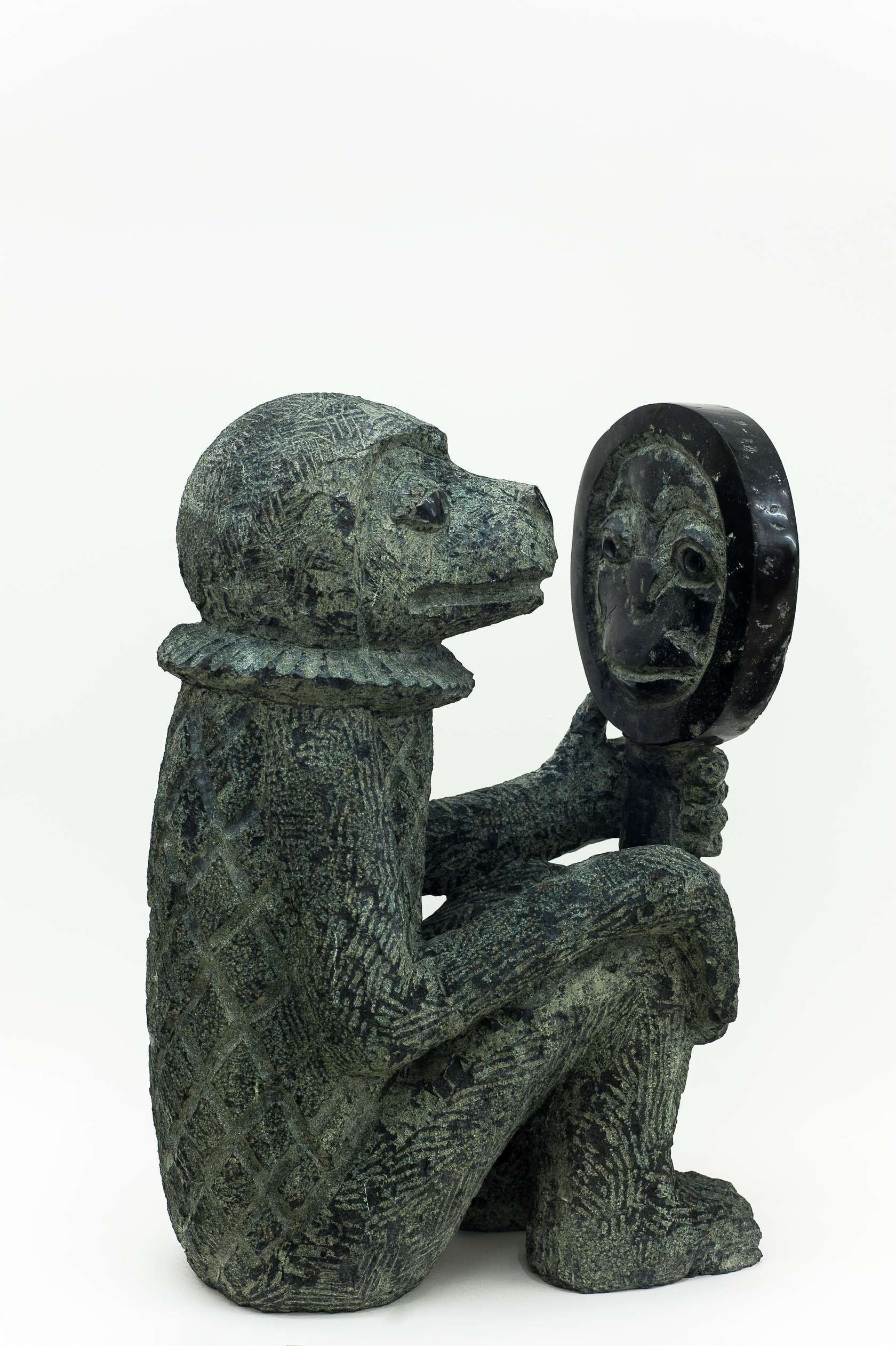 25/29
25/29
Stefan Rinck, Ape with Mirror, 2015
-
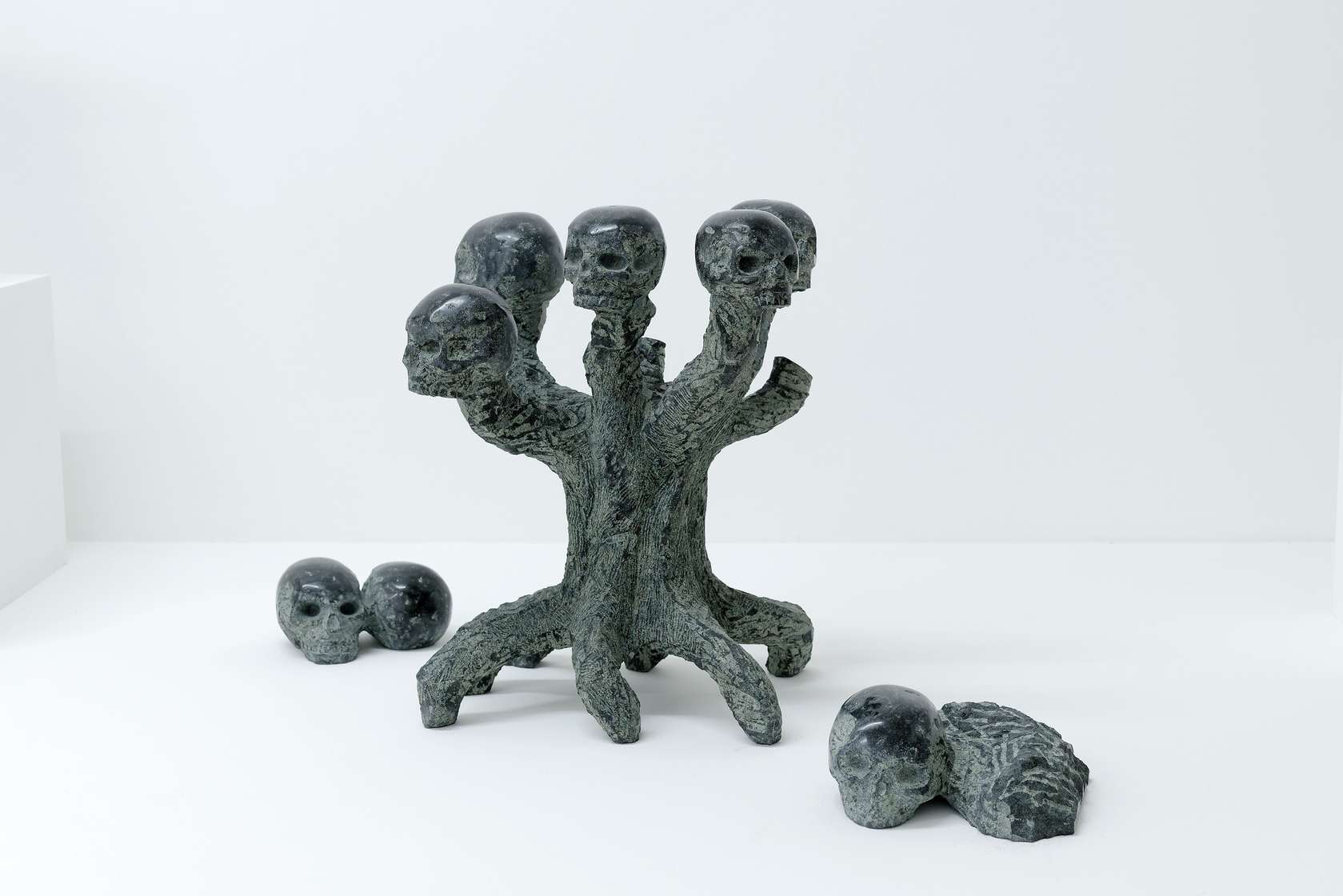 26/29
26/29
Stefan Rinck, Kongotree, 2015
-
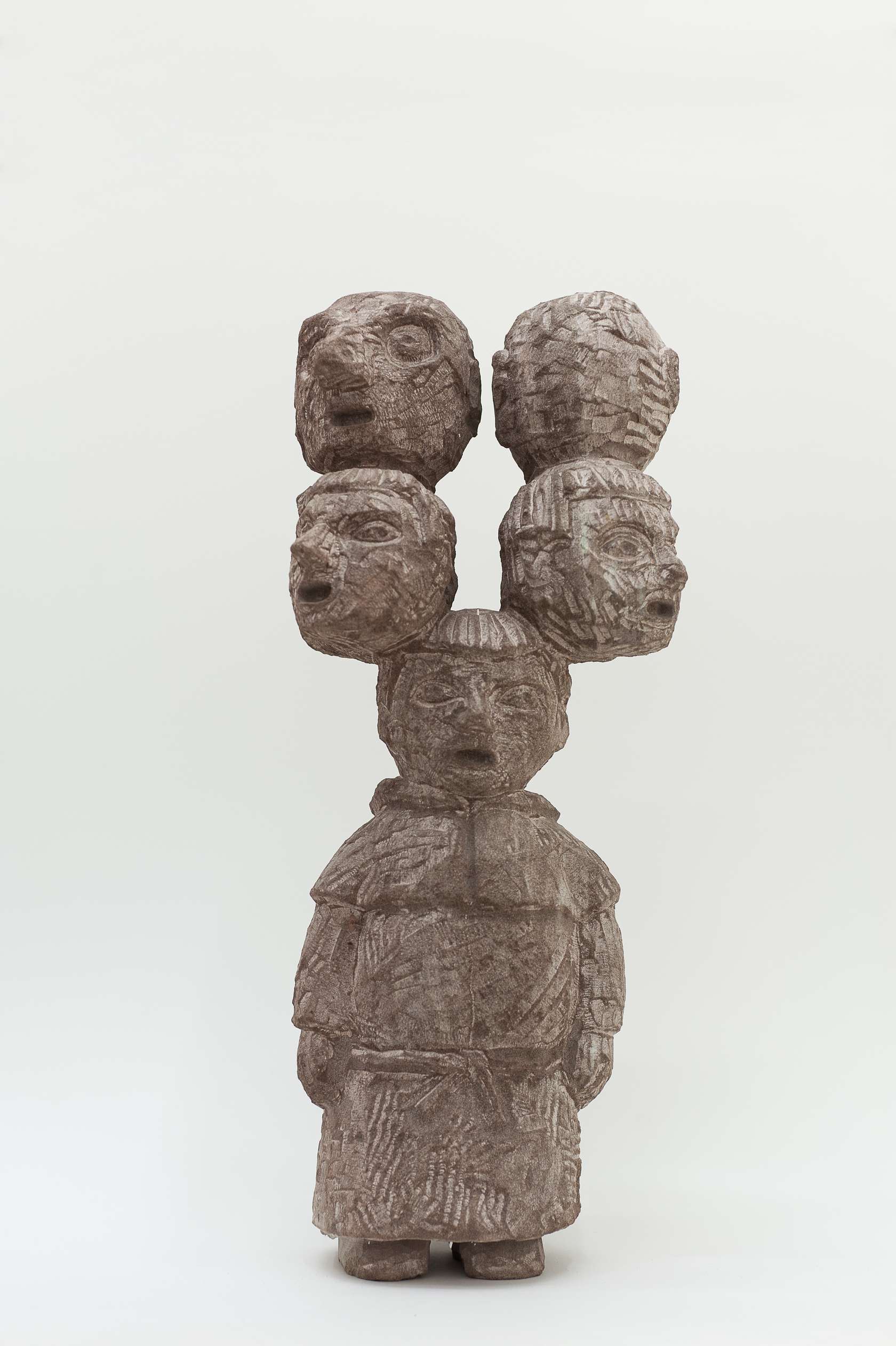 27/29
27/29
Stefan Rinck, Hydramonk, 2014
-
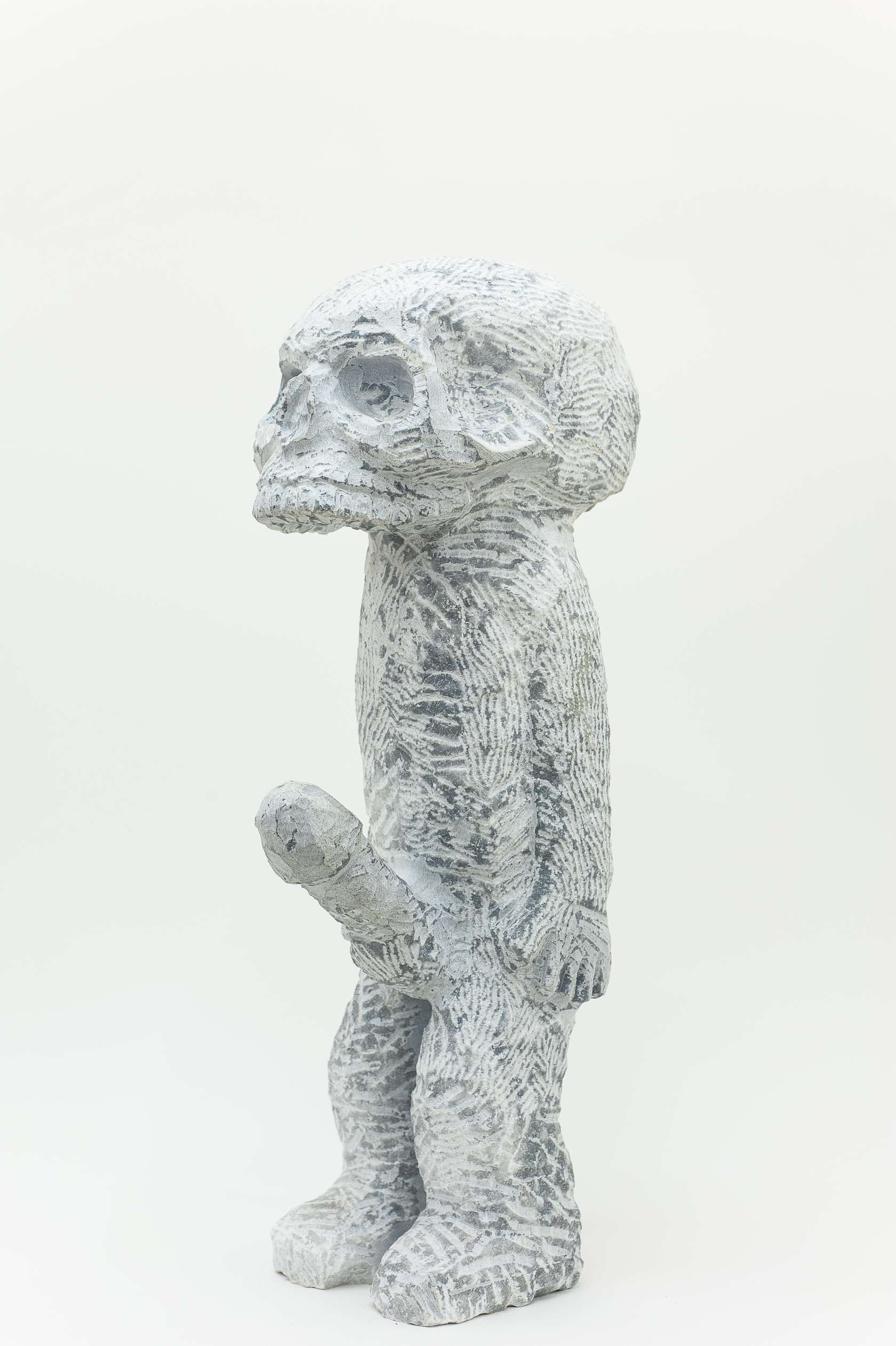 28/29
28/29
Stefan Rinck, Eros und Tanathos, 2014
-
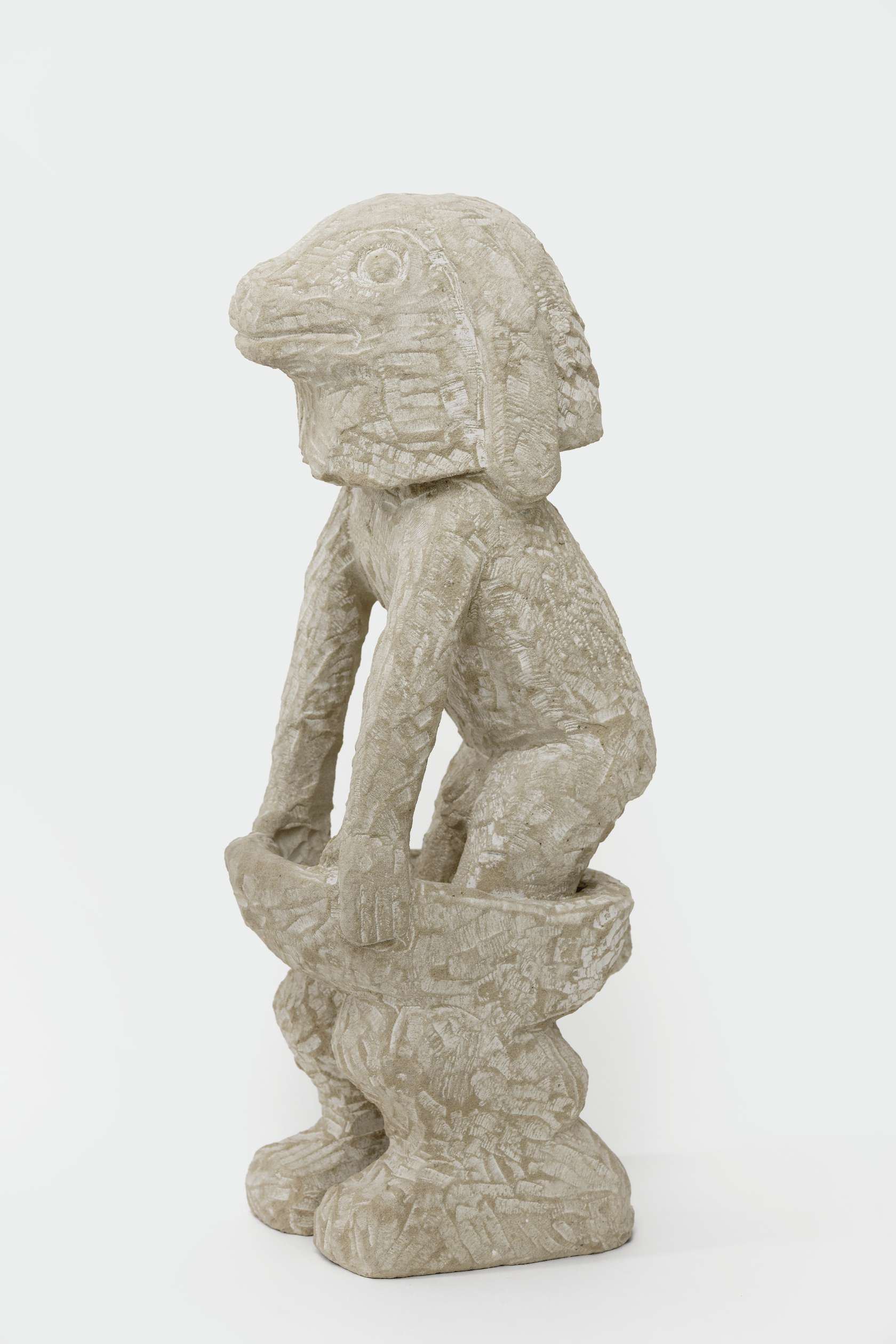 29/29
29/29
Stefan Rinck, False Rabbit, 2012
Stefan Rinck’s stone figures form a motley and comical community of, for the most part, animals, chimeras and monsters. They wear costumes and masks; are endowed with particular symbols or characteristics, some bear the names of heroes of Greek mythology or of legend. Rinck’s sculpted figures make up a discordant but related assembly of non-humans: they come from elsewhere, an archaic imaginary world, woven from myths and legends. With his collection of fauna, the artist is exploring a comical, imaginary yet realistic vein, breathing new life into its iconography, using a technique typical of the Middle Ages: sculpting his figures directly from stone.
Rinck’s sculptures remind us of the figures of Roman art, which populate the columns and tympana of churches. They share the same morphology and style, the hybrid aspect of the chimera and monster. These are grotesque figures, in which we recognize the vitalist comedy typical of medieval realism which could be observed during the parades of jesters and buffoons at religious and popular festivities. Yet if the Middle Ages seem to color Rinck’s art, its frame of reference in fact crystalizes around a number of “Gothic” obsessions of the Romantic kind: a taste for mythology and folk tales, for different epochs and cultures for the fantastic or figures of hubris and excess.
Stefan Rinck’s work has been subject to many exhibitions in Athens, Berlin, Brussels, Los Angeles, Madrid, Munich, Paris and features in the collections of the Frac Corse, Corte, (FR), the CBK Rotterdam (NL) and the Museum De Hallen, Haarlem (NL). In 2018, the work The mangust of Beauvais is installed permanently in the city of Paris at 53-57 rue de Grennelle (Beaupassage). In 2019, Stefan Rinck is part of the 100 Sculptors of Tomorrow published by Thames & Hudson.